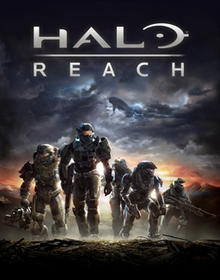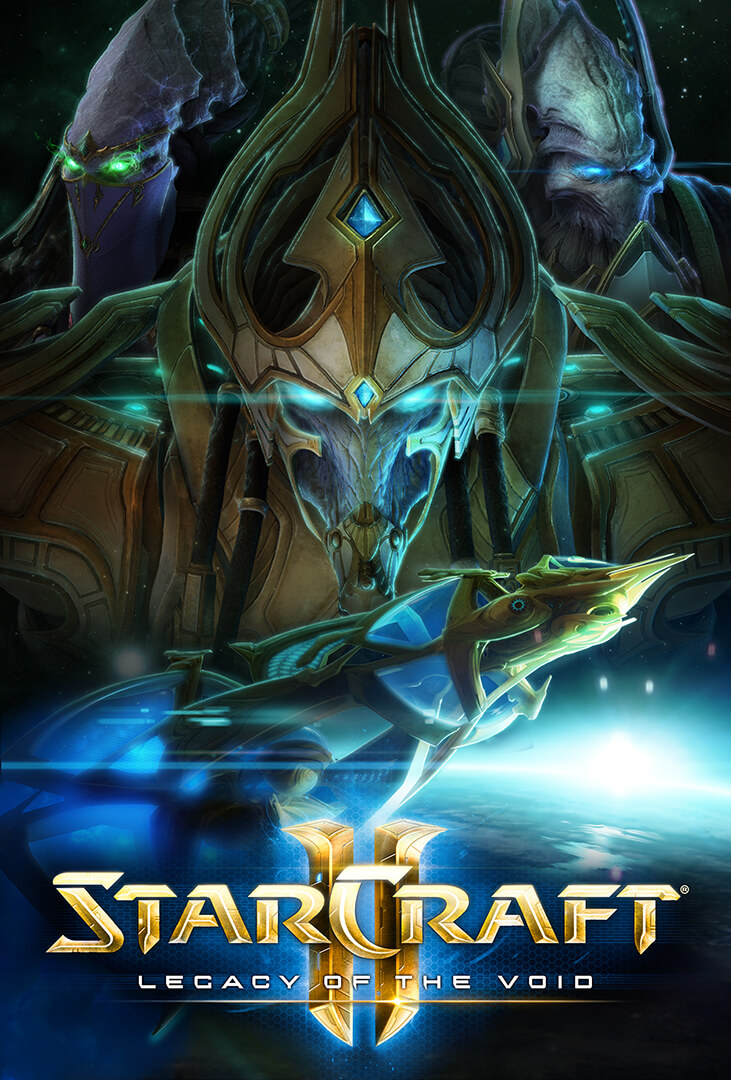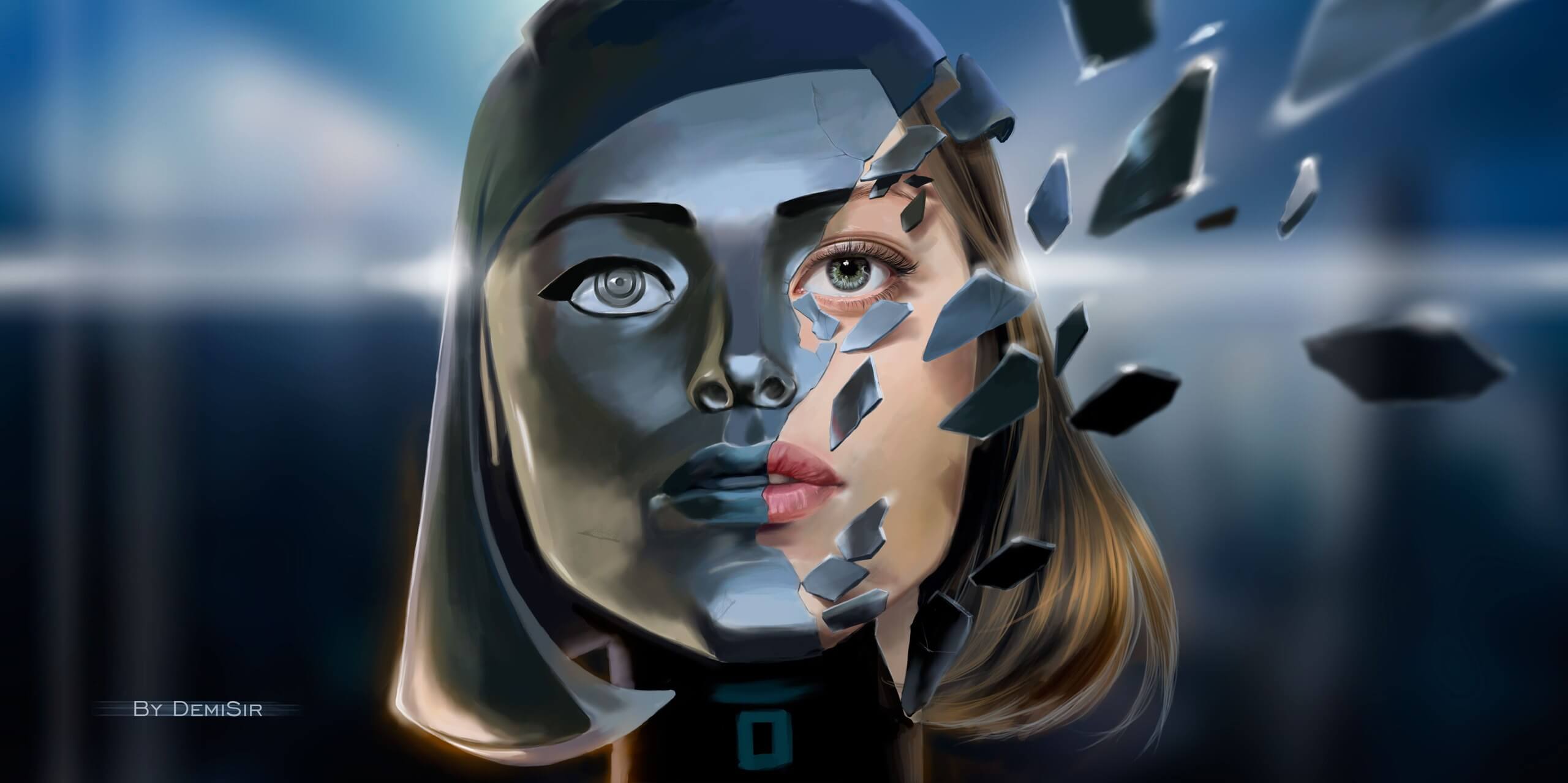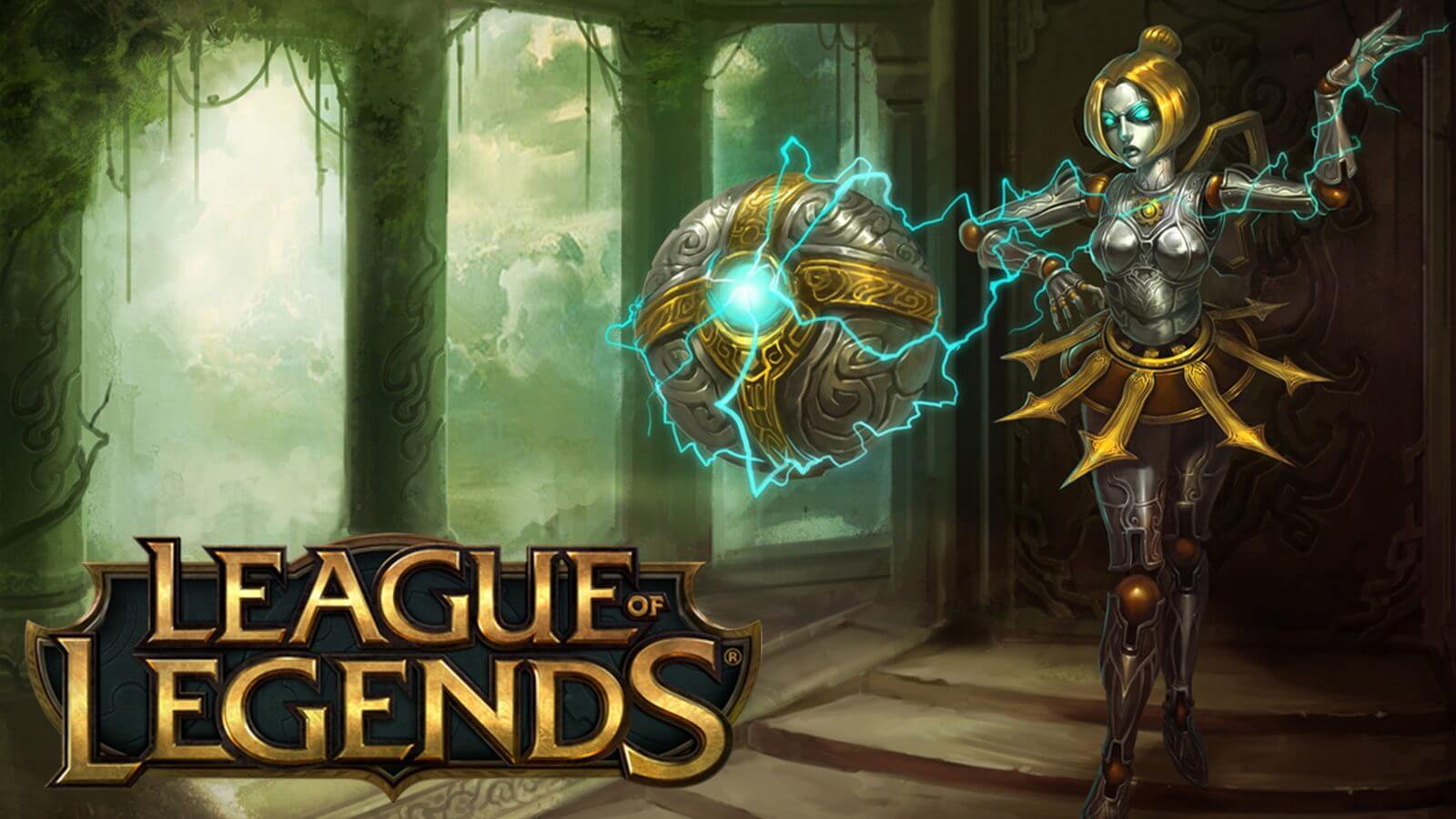
AI Games – Video Games with Artificial Intelligence
Artificial intelligence has been a rising source for video games for years now. Maximum video games-whether they’re racing games, shooting games, or strategy games-have numerous features that are controlled by AI, such as the enemy bots or neutral characters. Even the vague characters that don’t seem to be doing much are planned to add more depth to the game and to give you suspicions about what you’re next steps should be.
However, there are also several other ways that AI and game development are growing through each other. Although AI endures being used to bring video games to life, video games are now being trained to study their own patterns so as to advance their own processes, which is just one of several ways that AI is becoming more advanced.
The second-largest gaming company in the Americas and Europe, Electronic Arts established research and development division called SEED (Search for Extraordinary Experiences Division). The team used the maximum advantage of AI to explore new technologies and creative opportunities that they can enable for future AI games. If we look at today’s Artificial Intelligence application in the gaming industry, we will notice that Artificial Intelligence is mainly used in two areas: saving the budget on the game design and upgrade the in-game experience.
Boosting Gaming Experience with Artificial Intelligence
Another main use of AI in games is modeling a human player to understand how the interaction with a game is experienced by individual players. AI needs to know how a player feels and what a player does during the play.
Increasing the involvement of players is a bit more complex problem. Designers usually identify four main player modeling subtasks that are particularly relevant for game Artificial Intelligence:
- Progress a smart and human-like NPCs (Non Person Character) to improve interaction with gamers.
- Predict human players’ actions that lead to enhanced game testing and game design.
- Classify their behaviors to allow the personalization of the game.
- Discover frequent patterns or orders of actions to regulate how a player performs in a game.
Artificial Intelligence has become progressively approved and widely used in the gaming industry. The typical characteristics of games and game development make them an ideal playground for practicing and implementing AI techniques, especially deep learning and reinforcement learning. Most AI games are well-scoped; it is relatively easy to generate and use the data, and conditions/actions/rewards are relatively clear.
How Artificial Intelligence Will Transform the Way Video Games Are Designed and Played
If you asked video game fans what an idealized, not-yet-possible piece of interactive entertainment might look like in 10 or even 20 years from now, they might describe something strangely similar to the software featured in Orson Scott Card’s (best known for science fiction) sci-fi classic Ender’s Game. In his novel, Card imagined a military-grade simulation attached by an advanced, enigmatic artificial intelligence.
The Mind Game (renowned AI game) is a solid starting point for a conversation about the future of video games and artificial intelligence. The Mind Game, as it’s called, is designed primarily to measure the psychological state of young recruits, and it often presents its players with impossible situations to test their mental fortitude in the face of inescapable defeat. Yet the game is also endlessly procedural, generating environments and situations on the fly, and allows players to perform any action in a virtual world that they could in the real one. Going further, it responds to adapting the emotional and psychological state of its players, responding to human behavior evolving over time. At one point, The Mind Game even attracts upon a player’s memories to create entire game worlds tailored to Ender’s past.
Since the earliest days of the medium, game developers have been programming software both to pretend like it’s a human and to help create virtual worlds without a human designer needing to build every inch of those worlds from scratch.
From the software controlling a Pong paddle or a Pac-Man ghost to the universe-constructing processes of the space exploration title Elite, which helped pioneer the concept of procedural generation in games, developers have been employing AI in unique and interesting ways for decades. Conversely, Alan Turing, a founding father of AI, developed a chess-playing process before a computer even existed to run it on.
But at a certain point, the requirements and end goals of game designers became largely satisfied by the kind of AI that we would not think of as all that intelligent.
Has AI games endured stable?
Many enemy AI can be memorized, adapted to, and overcome by an average human player. And even the procedural generated universes of a game as vast and complex and are still created using well-established mathematics and programming laid down by games. The lack of large, noticeable leaps is because the underlying AI governing how those virtual entities behave-and the AI powering procedural generation tools-has not undergone radical change over the years.
At Google-owned lab, Facebook’s AI research division, and other AI outfits around the world, researchers are hard at work teaching software on how to play ever-more-sophisticated video games. That includes everything from the Chinese board game go to classic Atari games to titles as advanced, a competitive five-versus-five strategy contest that dominates the world’s professional gaming circuits.
Technologists combine Games and Artificial Intelligence
The answer is pretty simple-AI that plays video games is not created only to play video games (surprisingly). The gaming environment, in this case, acts as a playground for different types of processes where they can test and try new things; the results could then be applied in real life or in future pieces of research.
The main subset of AI techniques that are tested in video games is machine learning and, more specifically, reinforcement learning. Reinforcement learning is a type of machine learning which implies an agent learns how to behave in an environment by performing actions and getting feedback. In other words, this type of machine learning is similar to the way humans or even dogs learn in their early years:
An action is taken → feedback is received (positive or negative) → conclusion is drawn based on the feedback whether the action was good or bad.
Similar structures are used in video games. Imagine a computer system that is given a video game and controller. The system does not know what to do, but it has a set of actions it can perform. If it moves forward in a game and does not die, the environment gives some reward to the system (not dead: +1). If the system moves right and dies, it does not receive a reward (dead: 0) or even receives a punishment (dead: -1). From this, a machine understands that moving forward is better than moving right. In the end, the aim of the rule is to maximize the reward it receives from its actions.
Clearly, this is a simplification of what actually happens in the background, but for the purpose of focusing on video games more than an actual rule, the example should suffice.
Do AI games really use Artificial Intelligence?
The application of the term “artificial intelligence” might be inappropriate, as many games don’t use true AI techniques. Game developers are usually not AI researchers, and many games use simple pre-decided patterns.
Many early video games like Pong (1972) only allowed personage opponents to face each other. Though computer-controlled opponents existed from the very beginning in Computer Space (1971).
While human opponents can obviously still be a lot of fun to play against, the video game industry really took off when microprocessors allowed players to square off against more sophisticated and challenging computer opponents.
The field of Artificial Intelligence has seen a fast expansion over recent years, as the set of techniques and technologies behind AI promises to improve almost every aspect of our lives. However, there is another application of AI rules that do not seem to bear any economic benefits but is still researched widely-AI that plays video games.
Here, we are not talking about NPCs (in-game non-person characters, bots) that are parts of your journey in a game, although some of them are built with a slight touch of artificial intelligence to make them feel more real. The focus is on actual AI processes that play video games like any other independent actor, exactly like a human when they press the buttons on a controller.
Here is a list of AI games which according to me are with the best Artificial Intelligence
AI Game: The Last of Us

Sources: The Last Of UsDeveloper: Naughty Dog
Release date: June 14, 2013
Platforms: PS3
If you’re wondering what this game is doing here (since the enemy AI in TLOU isn’t much to write home about) it’s really not about enemies this time, but instead about a companion AI-Ellie. The teenage girl, the key to the survival of all humanity, is the star of the game, and it’s mainly because of an excellent AI.
AI Game: F.E.A.R.
 Sources: F.E.A.R.Developer: Monolith Productions
Sources: F.E.A.R.Developer: Monolith Productions
Release date: October 17, 2005
Platforms: PC, PS3, Xbox 360
If there was ever a good AI in any FPS game, it was definitely the one in F.E.A.R. The enemies would never act in the same way, but they would react to each other’s situations and would never repeat the same mistakes. This provoked players to continuously change tactics and never sit in the same position.
Here’s how the designers of the AI have described their approach to F.E.A.R. (read full statement):
“In F.E.A.R., A.I. use(s) cover more tactically, coordinating with squad members to lay suppression fire while others advance. On top of that, enemy AI always applies pressure-at times, you don’t even have the time to heal. The harder the difficulty you choose to play, the better the AI behaves.
That’s not to mention the weapons physics and movement animations in this game were groundbreaking for its time.
AI Game: XCOM Enemy Unknown
 Sources: XCOM Enemy UnknownDeveloper: Firaxis Games
Sources: XCOM Enemy UnknownDeveloper: Firaxis Games
Release date: October 9, 2012
Platforms: PC, PS3, PS Vita, Xbox 360
The person responsible for this AI game was Alex Cheng, who decided to make the AI not just distinctive, but also entertaining.
This effect was achieved “by means of a utility-based system-a system that gave a measure of ‘usefulness’ to every possible action.”
And this is what XCOM is known for: its limited system of movement that requires the AI to calculate the most efficient way of action for each of its turns. It would consider everything, such as the distance to the closest objective, proximity to other aliens, the number of enemies, the behavior of the enemies, and more.
This approach to AI is truly groundbreaking and should be taken into consideration by other aspiring video game developers.
AI Game: Tom Clancy’s Splinter Cell: Blacklist
 Sources: BlacklistDeveloper: Ubisoft Toronto
Sources: BlacklistDeveloper: Ubisoft Toronto
Release date: August 20, 2013
Platforms: PC, PS3, Wii U, Xbox 360
The objectives in all missions of Blacklist are basically the same-avoid guards at all costs. The guard AI is truly something here, and generally speaking, the AI in the Splinter Cell series has always been a subject of fascination.
It reminds me a lot of a chess game. You enter an area, detect all the measures, figure out the plan of evasion, and move forward to complete execution of the mission. But it’s not as easy to do as it sounds. The guards are programmed to detect and react to the smallest things-not just visual cues, but audible ones as well.
On top of that, they have dogs that prowl in the most unexpected corners, forcing you to reveal your position. It’s really something, and people have been writing entire essays on just how good the AI is in Splinter Cell: Blacklist
AI Game: Halo Reach
 Sources: Halo ReachDeveloper: Bungie
Sources: Halo ReachDeveloper: Bungie
Release date: September 14, 2010
Platforms: Xbox 360
Reach stands out from the rest of the ai games in the cult series from Microsoft due to its staggering AI. This statement regards the Elites, who are some of the smartest and most aggressive enemies you will ever encounter in a video game.
One could re-play the campaign over and over again without ever getting bored because the AI would behave differently every time. When the fans assumed this out, they decided to push the Artificial Intelligence in the game to its limits. And thus, in 2011, a team called “Termacious Trickocity” recorded more than 150 hours of gameplay in an attempt to show just how good the AI is in Halo: Reach.
AI Game: StarCraft II
 Sources: Starcraft IIDeveloper: Blizzard Entertainment
Sources: Starcraft IIDeveloper: Blizzard Entertainment
Release date: July 27, 2010
Platforms: PC
Long-time StarCraft players may laugh at this suggestion because even the Hard and Elite AI in StarCraft II is not too impressive. But again, this is the case if you’re an experienced player. However, playing against AI is your best option if you’re just starting out in the StarCraft universe, it is built specifically for that reason.
The AI in StarCraft II follows the same sequence every time, which is perfect for learning and developing your first strategy against it. Later, when you know what you’re doing, you can start playing against real players.
AI Game: Alien Isolation
 Sources: Alien Isolation
Sources: Alien Isolation
Developer: Creative Assembly
Release date: October 7, 2014
Platforms: PC, PS3, PS4, Xbox 360, Xbox One
You would think that the true star of the game is the main character, in this case, Amanda Ripley… but no-it’s the Xenomorphic. This kind of prolonged interaction between the protagonist and the antagonist is unprecedented in the world of gaming. It perhaps took a lot of struggle to program the difficult behavior of the creature that would jump out of the most unexpected places.
“Our basic principle for the AI was ‘not to cheat’.If you can hear the Alien in the vents close to you then there’s more chance that it can hear you and will come down. It is actually traversing through the vent network.”
AI Game: ARMA 3
Developer: Bohemia Interactive
Release date: September 12, 2013
Platforms: PC
Ever heard of clear shots on 300 or 400-meter distances? Yep, that’s ARMA 3.
But several people don’t know that the best thing about the AI in ARMA 3 is that it is completely customizable.
However, maximum players have shown no mercy for their enemies and adapted to the default settings.
These are just some of the games if you are aware of more such games please share in the comment section.

Sources: ARMA 3
Artificial Intelligence & Game Development: Recent Trends
Artificial intelligence has been a growing resource for video games for years now. Most video games-whether they’re racing games, shooting games, or strategy games-have various elements that are controlled by AI, such as the enemy bots or neutral characters. Even the ambiguous characters that don’t seem to be doing much are programmed to add more depth to the game and to give you clues about what you’re next steps should be.
However, there are also many other ways that AI and game development are growing through each other. Although AI continues to be used to bring video games to life, video games are now being trained to study their own patterns so as to improve their own algorithms, which is just one of many ways that AI is becoming more advanced.
Artificial Intelligence in Video Game Programming
In any video game environment, AI can be programmed to enhance a player’s experience. Machine learning runs on the stores of data available to it and uses this information to create a world where characters can live and conduct basic actions. All of the basic information collected through machine learning can then be used to create game environments and characters that appear more realistic and natural.
However, to do this, AI algorithms must be provided with an abundance of information to have the proper reactions to specific stimuli. The enormous amount of data required to successfully train AI algorithms isn’t available to just anyone and is why machine learning hasn’t yet been adopted in every industry, although its uses are endless.
The video game industry, however, is one of the technology niches where designers are expected to dedicate a lot of resources to investigate what AI is or is not capable of accomplishing. For video game creators who have access to bounds of technology, and have many uses for automation within storylines, the only barriers to fully using this advancing technology is the eventual limit of money and time.
Present Video Games Helping Artificial Intelligence
The virtual worlds inside video games provide machine learning with a flexible environment for quick changes and easy customization. Because of this, video games are being used to train AI software to understand a large variety of situations.
Artificial Intelligence Characters in Video Games

Sources: EDI (Mass Effect)
It wouldn’t be fair if we don’t include man-made creations with illusory strategies in my ai game story. Starting with…
AI Character: EDI (Mass Effect)
Once upon a time, EDI was simply a super helpful AI that looked like one of those lightning balls you’d purchase from a gag shop. And then Mass Effect 3 happened. Suddenly the Normandy’s argumentative artificial intelligence found herself a gynoid body–none other than an artificial killer impersonating the doctor Eva Core.That’s when things happened to get a little strange. EDI and Joker used to have trouble seeing eye to eye, but once the AI obtained an artificial body–a well-defined female one at that–Joker began emerging feelings for her.
AI Character: Cortana (Halo)
Her playful, witty banter made defeating an entire race of aliens as Master Chief far more interesting, and because she was our voice-in-the-ear companion for so many years, knowing she’s gone for good is spookily depressing. And it’s that sentimental attachment that made it all the more strange to watch Cortana, our pal, become increasingly sexualized over the span of the Halo series. She’d always taken a female form, and her holographic outfit had always been composed of 0s and 1s flowing over her body.
AI Character: KOS-MOS (Xenosaga)
“Hey girl, what’s your name? Cosmos? Oh, because you’re from out of this world?” If you were to attempt such an awful pick-up line on one of the most deadly robots known to man, two things would perhaps happen immediately. First, KOS-MOS might correct you by letting you know her name is actually a recursive shortening that stands for Kosmos Obey Strategically Multiple Operation Systems. Second, her eyes would turn red, which is the last thing you’ll ever see before she opens her abdomen and destroys you with her X-Buster.
AI Character: Zero (Mega Man Zero)
Originally created as a new design for Mega Man Zero became a whole new character all his own. This sword-wielding Maverick Hunter is the metallic embodiment of sheer power and fanciful grace.
The scene: You’re in a bar, desperately hoping that perfect someone will walk into your life. The door creaks open. You look over to the side, and your eyes stopped on the golden locks flowing from the head of what seems to be a robot? Yes, there’s no mistaking it now.
But the hair, it’s so magnificent the way it falls across a stylish layout of ornate metal plating, finished with such a bold color scheme that it makes your head spin. That’s the alluring power of Zero.
AI Character: Shodan – (System Shock Series)
SHODAN (Sentient Hyper-Optimized Data Access Network) is the primary rival of the System Shock franchise. She is a tainted artificial intelligence theory whose breakdowns have manifested dangerous personality characters including megalomania and absurdity. SHODAN deliberates herself a divine being and has judged humanity to be a wave that must be purged from her universe.
Although she was apparently destroyed during the finale of the first System Shock, SHODAN makes a reappearance in System Shock 2 after being resurrected by a research team embarking on an interstellar expedition. The first experience many of us had with malicious AIs trying to kill us in a virtual environment, and boy is it memorable because of it. An influential classic of character design ability.
AI Character: Glados – (Portal Series)
Bridge Constructor Portal is part of the Bridge Constructor series, and incorporates elements of Valve Corporation’s Portal series, taking place in Aperture Laboratories.The game was released on iOS, Android, Linux, Windows, and macOS in December 2017, and for the PlayStation 4, Nintendo Switch and Xbox One on February 2018.
The game had sold over 500,000 copies by August 2018. Players are tasked with designing and constructing bridges to get one or more trucks from one location to another at Aperture Laboratories under the supervision of the artificial intelligence Glados. Glados is considered one of the greatest video game characters, particularly among those created in the 2000s. A number of publications listed her as one of the all-time greatest video game villains both of which ranked her first.
AI Character: Orianna (League of Legends)
If not for the fact that her gears are plainly visible, you might mistake Orianna for an incredibly pale woman. Her golden hair maintains a stylish shape no matter how fiercely she skips along the Summoner’s Rift, and she’s also quite fashionable. At times she rocks a goth outfit ripped straight from the early 2000s. Orianna is a killing machine created by a grieving father, who modeled her after his dead daughter. As if that’s not unsettling enough, she utters terrifying catchphrases that only an emotionless machine could say while maiming living creatures.
 Sources: League of Legends
Sources: League of Legends
Game inventors dream of building gameplay that mechanically adapts to the player’s skill level, where no player ever leaves because they got lost, unsatisfied, bored, or harassed by other players. Game writers talk about designing stories where each choice the player makes, affects the rest of the narrative however small or large so that every play experience is unique.
To get that level of responsiveness and depth requires more than any human development team can afford to build. If games are ever to achieve those goals, it will be artificial intelligence that makes it possible.
16 Games With Incredible Artificial Intelligence
AI Character: (Credit- GamingBolt)
Share this post

